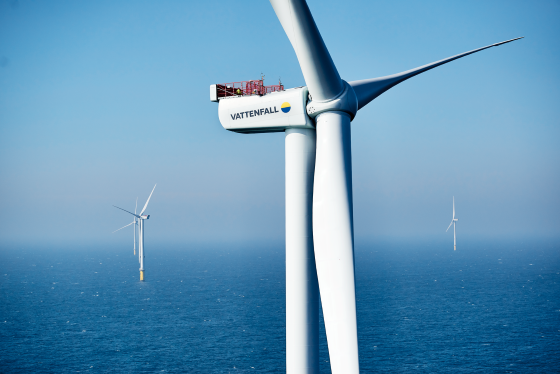In a significant development, Vattenfall has successfully finalized the divestiture of its Norfolk Offshore Wind Zone to RWE. This transaction carries a substantial valuation, yielding an enterprise value pegged at £963 million. By virtue of this sale, the pathway remains clear for the advancement of clean energy generation capable of serving in excess of four million British homes.
Capitalizing on Clean Energy Initiatives
This move isn’t just about transitioning ownership; it’s a leap forward for sustainable infrastructure and economic growth. Vattenfall will evidently benefit financially, anticipating a notable capital gain. As stakeholders eagerly await further financial specifics, these details will be illuminated in the upcoming January-March 2024 interim report.
The Future of the Norfolk Offshore Wind Zone
Comprising Norfolk Boreas, Norfolk Vanguard West, and Norfolk Vanguard East, this trio of fully-consented wind farms forms a formidable energy source. Collectively, they stand as one of the globe’s most expansive offshore wind undertakings, boasting a capacity of 4.2GW. As RWE takes the helm, the continuity in the relationship with essential partners and local East Anglian enterprises is crucial for a smooth transfer and effective development of the Zone.
Vattenfall’s Ongoing Dedication to the UK Market
Vattenfall’s divestment of the Norfolk Zone does not signify a retreat from the UK market. Quite the opposite: The company maintains a strong presence with 1.1GW of active wind operations—both offshore and onshore—and is developing the 798MW Muir Mhor floating offshore wind farm alongside Fred Olsen Seawind. There is also an additional 1.5GW of onshore wind projects in the works, besides burgeoning heat networks in prominent UK cities, and an impressive portfolio of over 50 sites via its Independent Network Operator business.

























